New Truth in Quality in Argentina
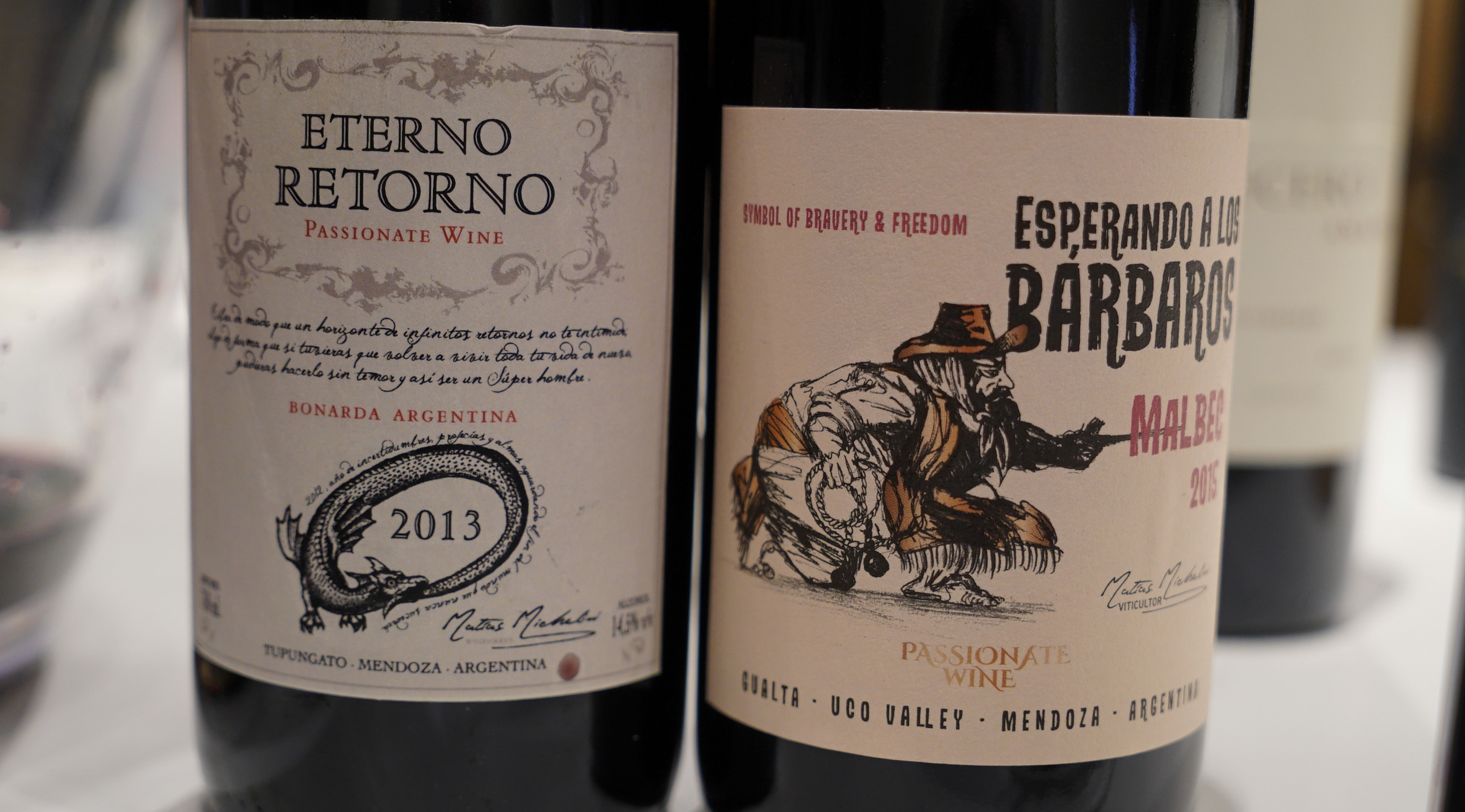
Single vineyard wines continue to highlight Argentina’s quality wine revolution as top producers focus on making more balanced and harmonious wines that underline their unique sub-regions and vineyards instead of the whims of winemakers, marketers or importers.
Moreover, malbec is the unique grape variety that defines the greatness of Argentina, producing wines with distinction that nowhere else can duplicate. It remains the ultimate communicator of fine wines in Argentina despite excellent cabernet sauvignons, cabernet francs, chardonnays and semillons.

“There is certainly something very unique about malbec from Argentina,” admits Paul Hobbs, the part-owner of one of the best wineries in Argentina, Viña Cobos, and a world-renowned consulting enologist based in Sonoma, California. “We are understanding more and more about what makes malbec so special here. And what places make the best malbec.”
Indeed, the top three rated wines in our tastings of almost 700 Argentine wines this year were malbec. We scored one a perfect 100-point – the tiny production Adrianna Vineyard Malbec Mendoza Fortuna Terrae 2012. It’s the second wine in the history of Argentina that received a perfect rating from JamesSuckling.com, the first being the Viña Cobos Malbec Mendoza Cobos 2011, which was released two years ago.

The famous wine family of Nicolas Catena makes Adrianna Vineyard Malbec Mendoza Fortuna Terrae 2012, and although the single vineyard wine has been produced for a number of years, this is the first time it was commercially released. “We wanted it to be perfect when we released it,” says Alejandro Vigil, technical director of Catena Zapata, Adrianna Vineyard, and El Enemigo. “We believe the wine shows incredible depth and balance.”
It certainly does. We nicknamed it the La Tâche of Argentina! It has mind-blowing depth and balance that is both thought-provoking and pleasurable. It is ethereal at every level. It’s the wine’s purity and energy that makes it so special.
The vineyard is located in the region of Gualtallary, which is producing some of Mendoza’s most compelling wines. The higher altitude vineyards combined with the poor, well-drained and limestone rich soils make angular and mineral driven wines – both reds and whites.
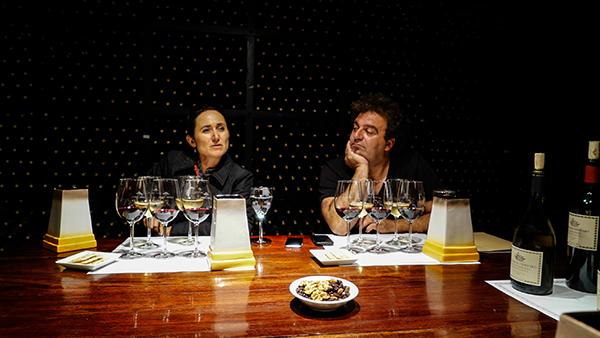
Gualtallary is very much in vogue in Mendoza, and some of the most notable wines in this report come from this sub-region just north of the town of Tupungato in Valle de Uco. The vineyards go from 1,100 meters to 1,400 meters in altitude, and as Manos Negras, co-owner Alejandro Sejanovich, mentions, “altitude is part of terroir,” because sunlight intensity as well as temperature significantly affect the vine’s behavior.
Gualtallary is also important to the Michelini brothers – Matias, Juan Pablo and Gerardo. Although they make wine in Chile’s Maule, in Uruguay and even Perú, they decided to move to Gualtallary with their families to study the terroir and live and make wines. They make 70 different small production wines from their home base such as Passionate Wine, Zorzal, SuperUco, Gen del Alma and among others. They are making some of the coolest wines in Mendoza and squeezing Gualtallary’s winemaking possibilities.
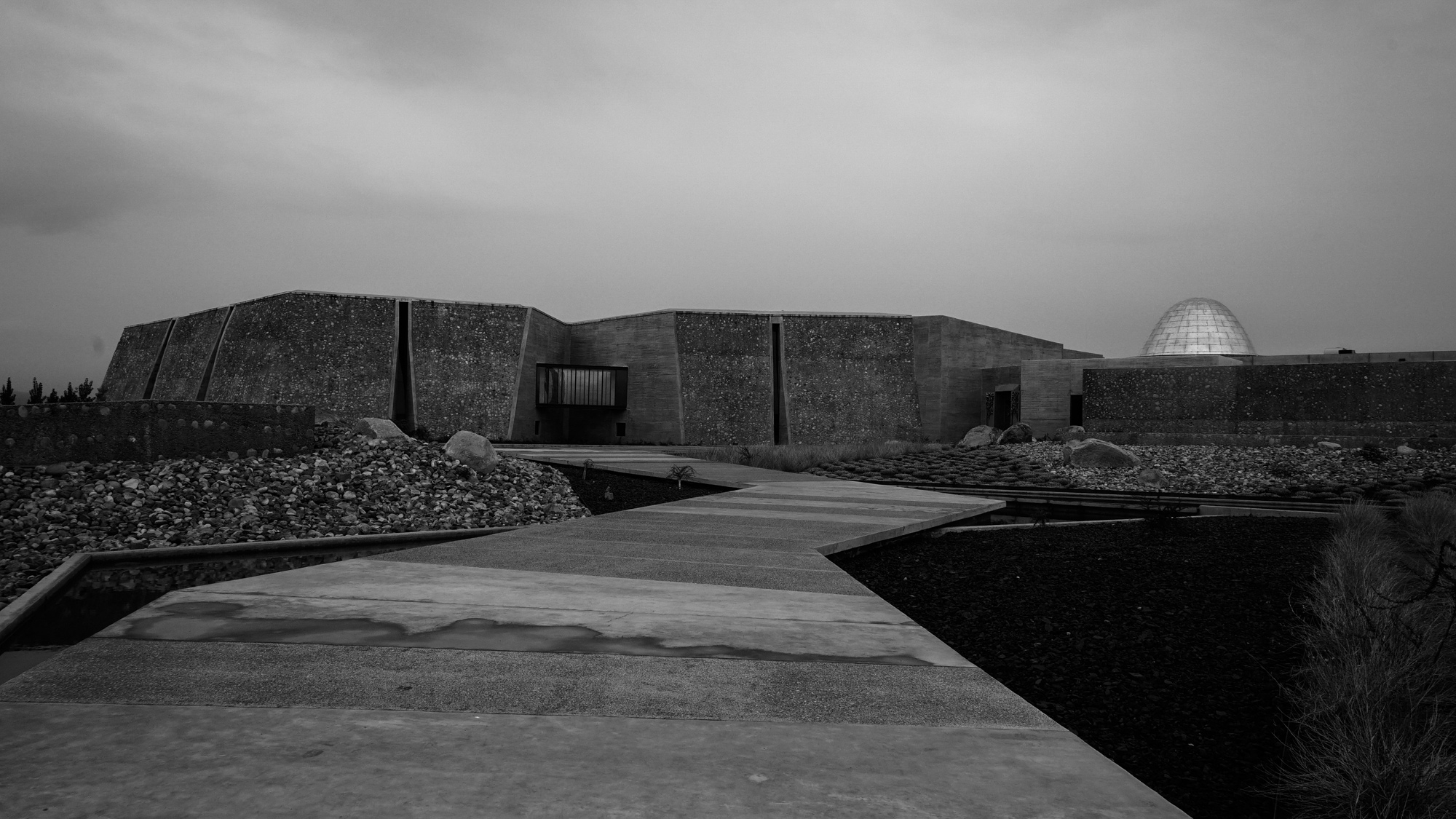
Valle de Uco, however, is not limited to Guatallary. Its other sub-regions are equally fascinating such as Altamira, La Consulta, and Vista Flores, as our wine tasting results underscore. Moreover, Uco has become the promised land for a new generation of winemakers whose priority in winemaking is to communicate the essence of their land into the bottle.
An example of this “message in the bottle” is the new state-of-the-art winery built by the Zuccardi family in Altamira. The building, hardly recognizable in the rugged landscape, is made entirely of cement with a multitude of concrete vats of different shapes and sizes to ferment and age their different vineyard parcels. For son and father team – Sebastian and Pepe Zuccardi – the idea is to use the winery as a vessel to find the purest expression of their vineyards. And they are certainly getting it right, according to our tastings this year.
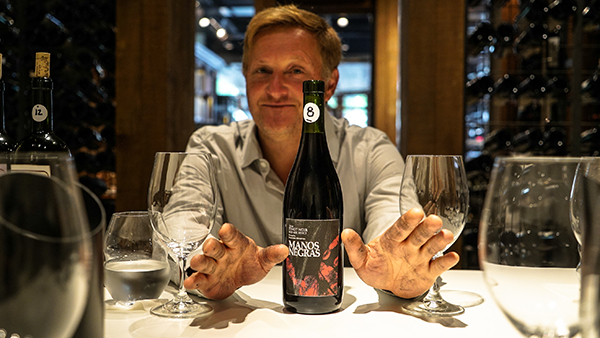
American Jeff Mausbach and Argentine Alejandro Sejanovich are also producing equally compelling wines in a series of malbec-based blends under the name Buscado Vivo o Muerto (literally “Wanted: Dead or Alive”). They are searching for the perfect expressions of Uco terroir and succeeding. Their small “search and wine make” project is producing stylish and fascinating wines.
And who would have even thought one of the top wines of the year for us would be a pinot noir bottled with no sulfur? Bodega Chacra has been making Pinot Noir Patagonia Sin Azufre for only two years and its soon-to-be released 2015 is superb quality.
Indeed, so many winemakers are now obviously understanding what they have in their hands both in the vineyard and the cellar. We see a huge upside to the quality of the wines of Argentina, thanks to their passion and dedication to fine winemaking. As Vigil comments, “We have a long way to go, but we want to start identifying places rather than grapes.”
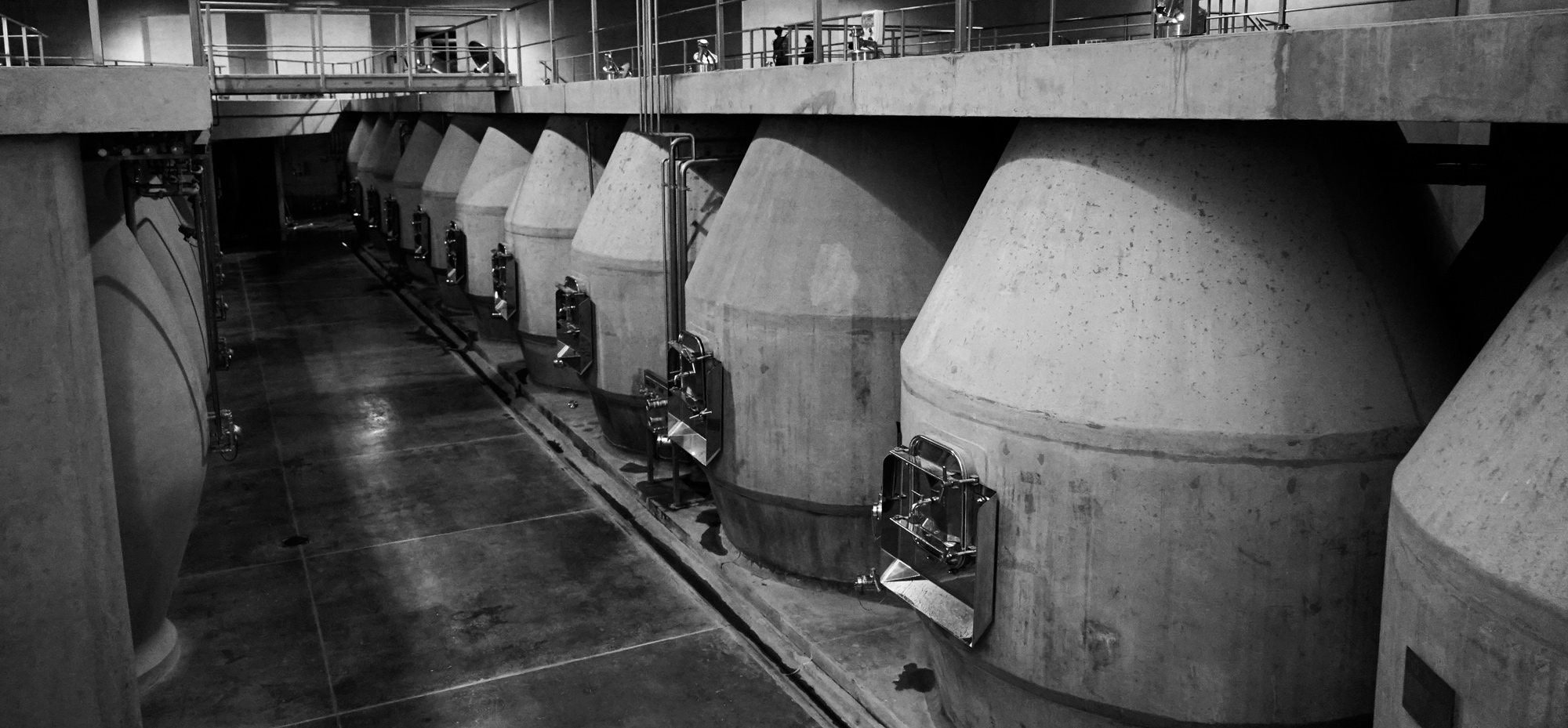
He is doing much more than he says though. The dynamic winemaker accounted for eight of the first 20 top-rated wines in our tasting this year, during the two-week trip to Buenos Aires and Mendoza. His winemaking shows the diversity Argentina can offer, from its iconic malbecs to bold cabernet sauvignons and cabernet francs, as well as minerally chardonnay.
Alas, most of the top wines of Argentina are still limited in production. Many only number a few hundred cases. I don’t think that this is due to a lack of great vineyards or winemaking prowess. Perhaps many winemakers still focus on affordable quantity instead of ultimate quality? The market demands large quantities of reasonably priced Argentine wine, both domestically and for export, so they feel their hands are slightly tied by their success in the market.

Yet, more and more stylish and unique wines are rated highly in our tastings in Buenos Aires and Mendoza. The paradigm for Argentine wine continues to move towards terroir-driven wines and away from market-driven ones. The old school style of dense, high-octane reds is less and less valid in the quality wine world of Argentina. And that’s a good thing indeed!
“We make wines that ultimately we want to drink,” says Marcelo Pelleriti, the winemaker of Monteviejo as well as his own brand Abremundos. He also makes wine in Bordeaux Pomerol’s Château Le Gay and Violette.
It may not be long before Pelleriti is more famous for his Argentine wines than his bottles from Bordeaux. Argentina is on a roll.
If you are a subscriber, please click here to check out more than 700 reviews posted in the wine tasting report.
-James Suckling, editor, and Jacobo Andrade Garcia Llamas, senior editor
Photos: Matias Michelini’s Passionate wine; Chacra Sin Azufre; Adrianna Vineyard’s 100-point Single Vineyard Malbec; Catena Zapata’s Owner Laura Catena & Technical Director Alejandro Vigil; Zuccardi’s winery in Altamira; Manos Negra’s co-owner Alejandro Sejanovich; Zuccardi’s cement vats; Buscado: Vivo o Muerto.